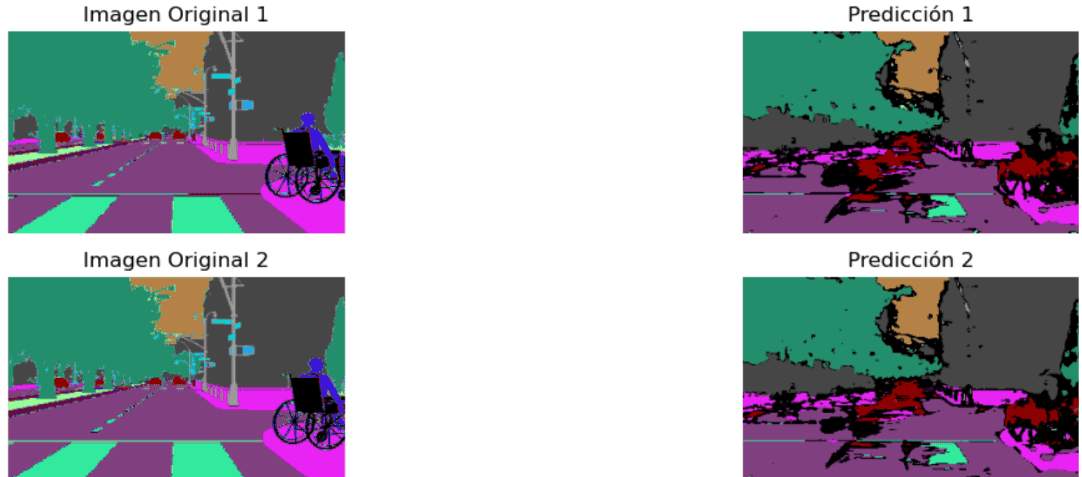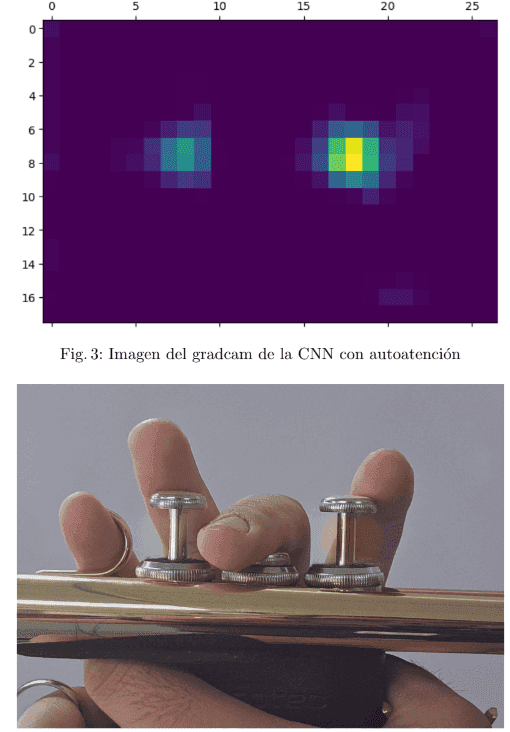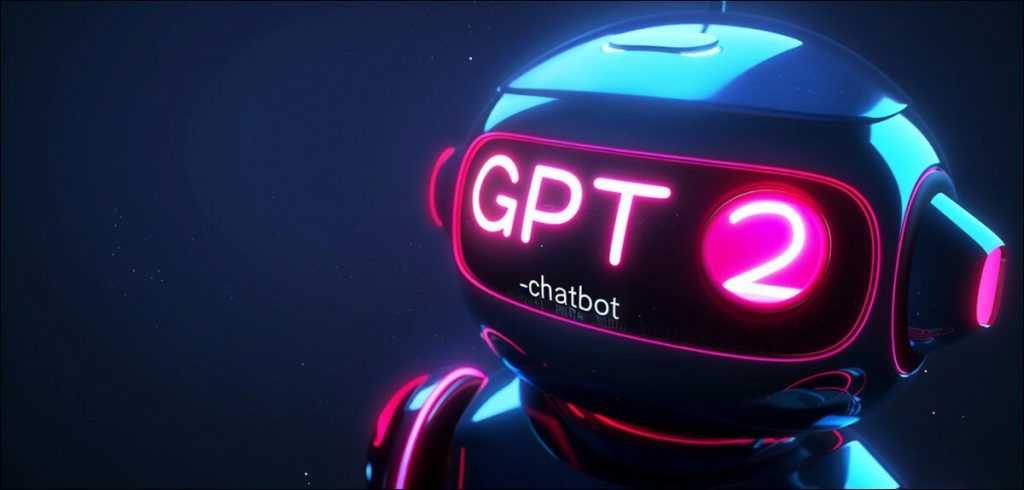

PhilipSanM
Hi, I'm glad that you took the time to visit my little space on the internet. I want to believe that there's more to me than what you see here, but who knows, maybe this site gives me a bit of cringe and I struggle to keep it updated :B Anyway, if you've read this far, I suppose I should introduce myself. I'm Philipsanm, just a random guy with knowledge of ML system design and Deep Neural Networks.
featured projects

U-Net for Object Segmentation
This project centered on the design and implementation of a U-Net neural network for the segmentation of objects in images from the SYNTHIA dataset, which is widely used in autonomous driving research. The architecture was tailored to capture fine-grained details and spatial relationships within the images, allowing for precise identification and segmentation of objects such as vehicles, pedestrians, and traffic signs. Techniques like data augmentation, multi-scale feature extraction, and loss function optimization were applied to enhance model performance. The project achieved competitive results and demonstrated the potential of U-Net architectures for real-world applications in computer vision.

CNN with attention
This project developed a convolutional neural network (CNN) designed to analyze hand postures in trumpet playing. The model integrated self-attention mechanisms to enhance feature extraction and focused on distinguishing subtle hand movements critical for proper technique. Data augmentation was extensively used to address variability in lighting, angles, and hand positions. The project aimed to assist music educators and students by providing automated feedback on technique, paving the way for intelligent tools in music education. Performance was evaluated on a custom dataset with promising results in accuracy and generalization.

Fine-Tuning GPT-2 with LoRA
This project involved the fine-tuning of the GPT-2 language model using LoRA (Low-Rank Adaptation) for the classification of emails into spam or non-spam categories. The fine-tuning process leveraged LoRA's parameter-efficient technique to adapt the pre-trained GPT-2 model to the specific task while minimizing computational and memory overhead. A dataset of labeled emails was preprocessed to ensure the extraction of key features such as subject lines, sender details, and message content. The model was trained to identify patterns and contextual cues indicative of spam behavior, such as phishing attempts, promotional content, and suspicious links. Evaluation metrics, including accuracy, precision, recall, and F1-score, were used to assess the model's performance. The project demonstrated the effectiveness of LoRA in adapting large language models for domain-specific tasks while preserving generalization capabilities. The fine-tuned model offers potential applications in email security systems, enabling real-time spam detection and user protection against malicious content.












